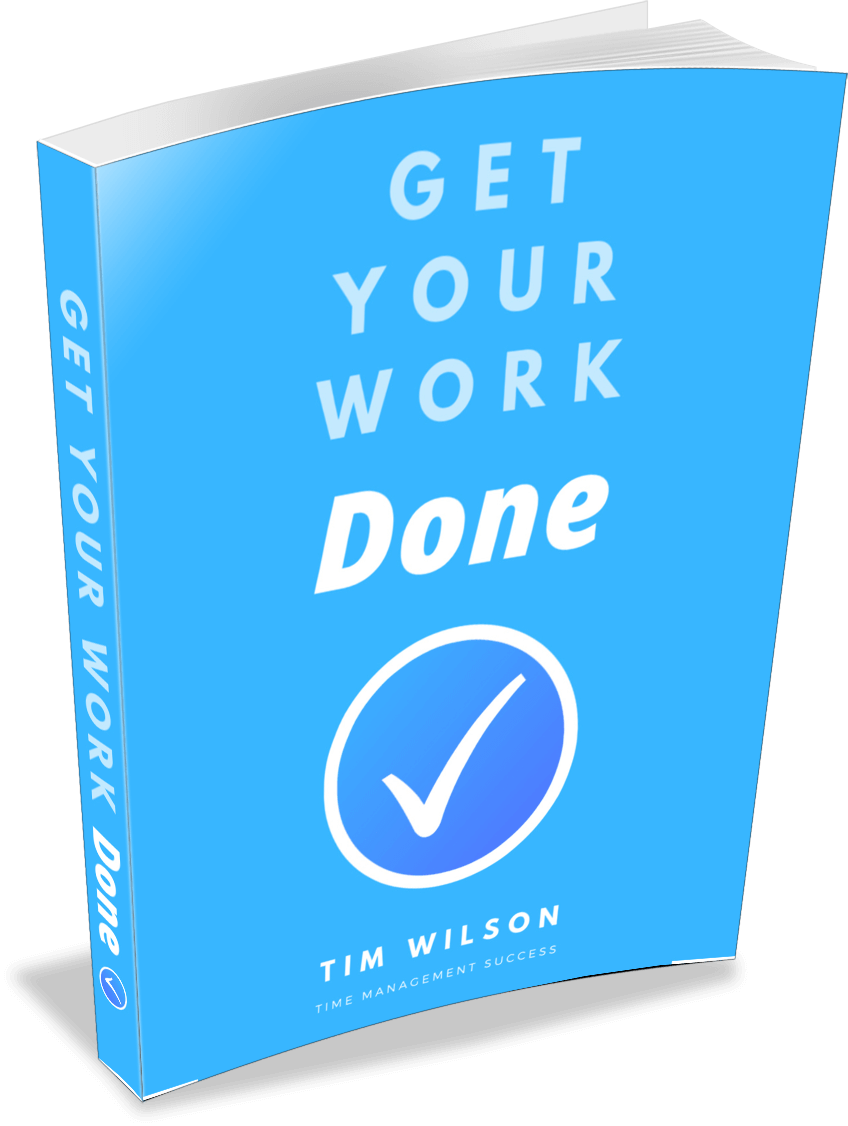7 Simple Organizing Techniques for Your Time, Space and Well-being
Are you organized?
It doesn’t have to be rocket science to become so.
Learning a few organizing techniques is really all it takes for you start to feel more on top of things.
Try these ideas out today and notice the difference in your life...
1. Tidy as you go
One of simplest techniques is to put things back after using them. On the surface this seems obvious (it is). But many people just don’t do it.
Why?
Because tidying as you go depends on your willingness to form the habit to do so, and, as you’ll know, changing bad habits takes time and effort.
Living and working with other people’s mess makes it even more challenging.
Solution?
Start small. Get better by degrees. If you have a messy desk, home or office, start by tackling it with a timed tidy.
2. Do a 'Daily Timed Tidy'
This is a great way to keep things organized (i.e. more stuff stays where it should so you can find it faster).
Every day, set a timer for whatever length of time you like, then put things back where they belong. It doesn’t matter what you do or how long it’s for -- anything is better than doing nothing at all.
Using visual timers can be useful if you want to see how long you have left as you’re clearing up.
3. Out with the old, in with the new
Living with clutter? It’s probably because old things aren’t completely eliminated when you replace them with something newer.
Whether it’s a new commitment, a new computer, or a new coffee cup, fully removing the old is one of the most important organizing techniques to effectively manage your time and space.
You’ve only got so much of both, so don’t try to cram too much in.
4. Plan a time to organize
There are two ways to organize anything:
The first is to react.
This usually happens when things become so disorganized that you feel you have to do something about it immediately.
This is fine if you’ve got nothing else to do, but the fact is, reacting makes it crisis management, which we could all do with less of.
The second technique is to schedule it.
Planning to get on with organizing computer files, for example, may open a can of worms if your desktop is a disaster zone, but if it’s on your to-do list, you can tackle it in chunks (the same principle applies as for the ‘Daily Timed Tidy’) and with a sense of control.
5. Pick up and drop off
When you leave the house, what do you usually take with you? This is one of the most effective organizing techniques for making sure you always have what you need when you go out.
Create a pick up/drop off point somewhere near your front door. When you come in, put your phone, wallet, keys or whatever else you rely on, in a container of your choice. Next time you go out, you’ll know where everything is.
Make sure it’s easy enough for you to use, but not so easy for others.
6. Schedule your planning
Organizing your space takes time, but organizing your time takes planning.
The best way to do this?
Schedule time each day, week, month and year for planning.
Create a simple routine (some point in the evening is best) to briefly go through the following day.
Make your planning time pleasant -- sit down with a drink and work out what you want to do. If you’re planning the following week, month or year, you’ll probably need more time, but the principle is the same: keep it short and sweet.
7. Limit Your List
Have you got a to-do list that keeps on growing?
When that happens, things first put on the list often get forgotten. I
f you want to do everything on your list, try this system, based on the ideas developed by Mark Forster:
- Draw a line after, say, 10 items (it doesn’t have to be 10 -- you choose the number).
- Add more items to your list as and when they crop up -- put them under the line.
- Don’t do anything below the line until you done, or worked on each of the items above the line.
- Anything above the line that is not completed can be recycled to your next list of 10.
* * *
Life is rarely straightforward, but gradually putting these organizing techniques into practice each day will allow you to reclaim a bit more time and space to use as you choose.
Each one is really a habit. You don't need to become an expert overnight.
All you need to do? Start small and see what happens...
- Home ›
- How to Get Organized ›
- Organizing Techniques

